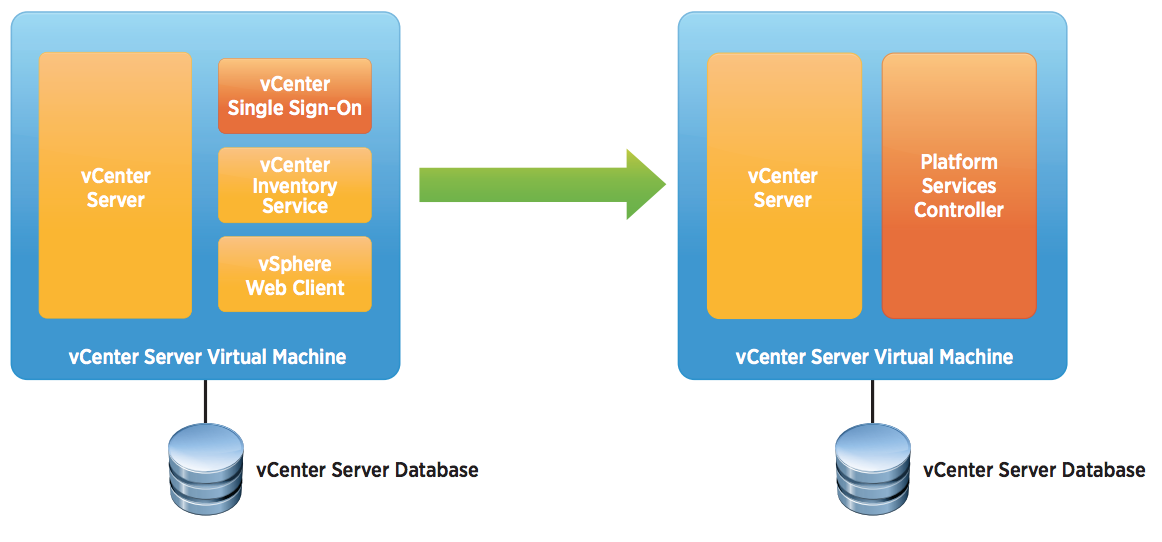
Let’s talk about what’s new with the release of VMware ESXi 6.0 U2 and VMware vCenter Server 6.0 U2. We will take a dedicated post to talk about features of VSAN 6.2. VSAN 6.2 released with lot of exciting features like deduplication and compression.
VMWARE VCENTER SERVER 6.0 UPDATE
I am excited to write a post the release of vSphere 6.0 Update 2. VMware VSAN 6.2 released as part of vSphere 6.0 Update 2. We were already extremely happy with release of vSphere 6 with the rich set of features. It’s been already a week after the release, I would like to write a post about what’s with vSphere 6.0 U2 . On March 15 2016, VMware released vSphere 6.0 Update 2 .
VMWARE VCENTER SERVER 6.0 WINDOWS
Diff VCenter 5.5 appliance and vCenter on WIndows.I hope you’ve enjoyed reading this post, if you feel it should be shared on social media, you can…. Now, logout your vCenter Server, and login again in vSphere Web Client with your Windows Domain Admin user.įor complete guidance regarding vCenter Server installation and configuration, you can follow VMware vSphere 6.0 Part 2 – vCenter, Alarms and Templates , or you can take Learning vSphere 6 Course, and is highly recommended. There you click the “+” sign > Add button > make sure that you select the drop-down for your Microsoft AD (VCP in my case) to make appear the Domain admin user, and click OK Step 5: Go to Home > vCenter Inventory Lists > vCenter Servers > vc.vcp.com (in my case) > Click the Manage Tab > Permissions If it’s at the Datacenter level, vCenter level or at the cluster level… Usually you’ll need to add permissions at the vCenter Level. Also keep in mind where you assign those permissions. Usually it’s domain admin, but not always…. Normally it will populate your local AD automatically, so click OK button.Īfter clicking OK button, Identity Source will be added.Īfter adding Identity Source to your virtual environment, you’ll need to assign permissions to users who administer the vSphere infrastructure. Step 3: Go to Single Sign-On > Configuration > Identity Sources > Click the “+” sign to add your AD as an identity source. Step 2: Click on Administration on left pane of window. Step 1: Connect to vCenter Server using your credentials and click Login I assume that you have already created your AD. I am not going in the phase of creating active directory in windows server 2008/2012 R2, as it’s not part of this topic. Now, we’ll see step by step process to authenticate active directory with the vCenter Server. And for all such type of tasks, you’ll have to authenticate active directory with your vCenter Server. For example, if a user requires to create and consolidate VM snapshot, add/remove virtual disks, and snapshot management, you can assign him a power user rights.

You (administrator) can assign restricted access and roles to specific users to manage your virtual environment. With the help of AD authentication to vCenter Server, you can manage and control your virtual environment via active directory users.
VMWARE VCENTER SERVER 6.0 HOW TO
In this post, we’ll learn about how to add Active Directory authentication in vCenter Server.

Installing vCenter Server with External PSC.Installing vCenter Server with Embedded PSC.If you missed previous posts regarding vCenter Server, you can follow them: In previous post of this series, we’ve learnt about how to manage vCenter Server inventory such as data center objects, organizing inventory objects into folders, events, and logs.


 0 kommentar(er)
0 kommentar(er)
